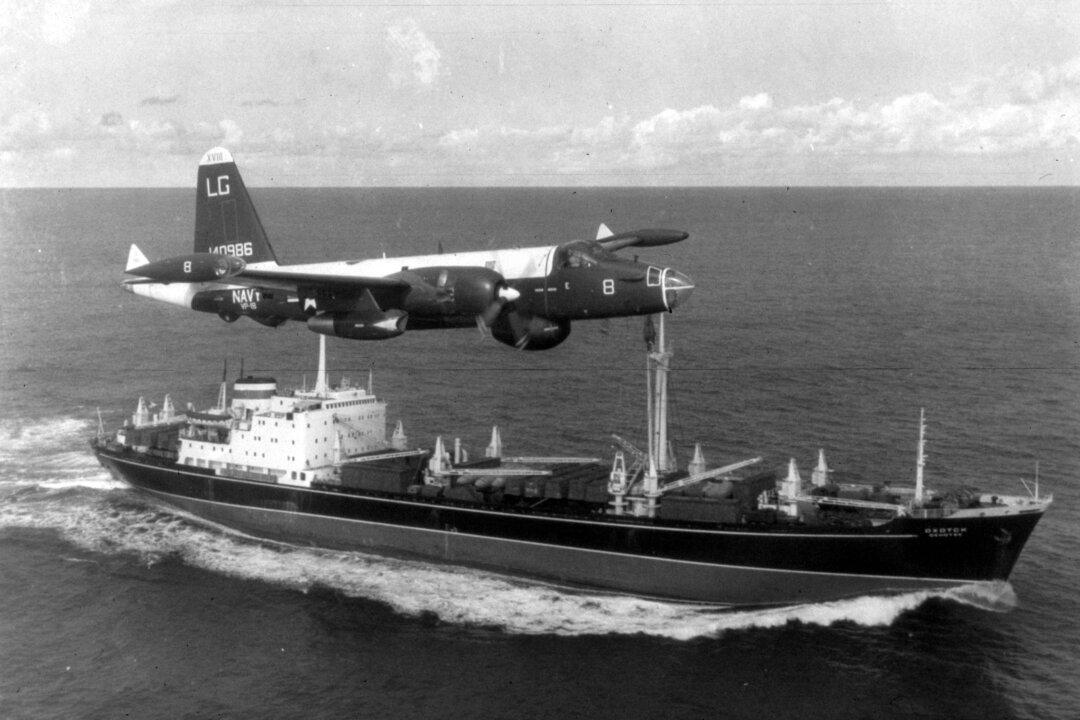Commentary
The Cuban Missile Crisis of October 1962 was more than a collision of the superpowers at the height of the Cold War. It was also a personal confrontation between men of different generations and outlooks.

The Cuban Missile Crisis of October 1962 was more than a collision of the superpowers at the height of the Cold War. It was also a personal confrontation between men of different generations and outlooks.